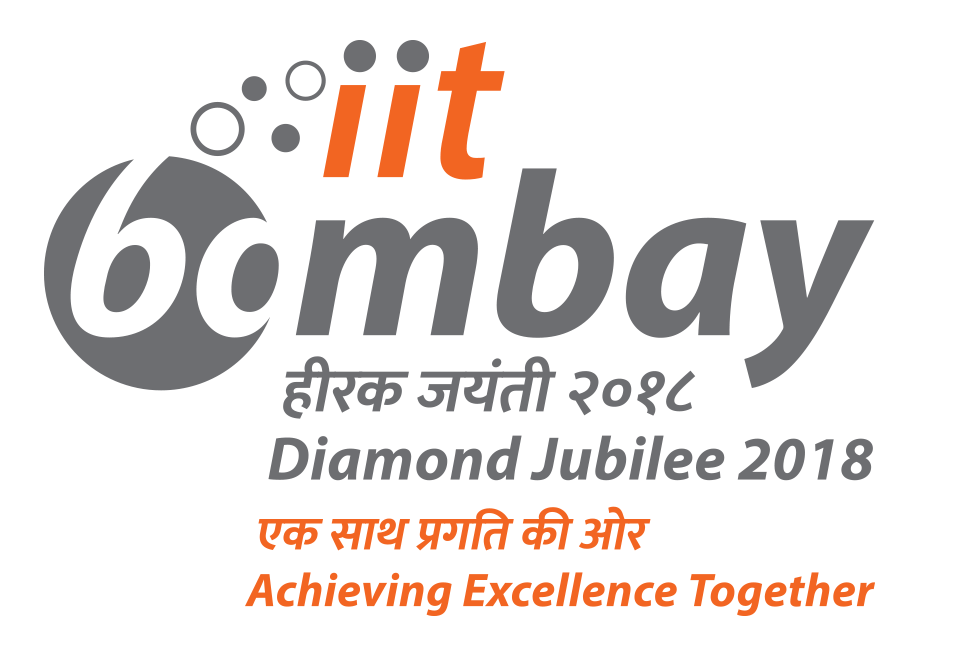Title: Galaxy halo connection of satellite galaxies in clusters: role of environment
Speaker: Dr. Amit Kr Ratewal, IISER, Pune
Abstract: How do satellite galaxies evolve in dense environments and what differentiates them from central galaxies evolving in isolation in the field, is one of the key questions in galaxy evolution. For central galaxies, the mass of a galaxy is the primary property that correlates with its properties and drives its evolution. Therefore, comparing the matter distribution around satellite galaxies with that around similar galaxies evolving isolated in the field can inform us about the environmental nurture of satellite galaxies and its effect on their evolution. Gravitational lensing provides direct measurements of the mass distribution around galaxies without recourse to assumptions of hydrostatic equilibrium, or stellar velocity dispersion anisotropies. In this seminar, I will talk about how we use the weak lensing catalogues from the Subaru Hyper Suprime-Cam survey a) to infer the (sub)halo masses of satellites and compare them to those of a control sample of field galaxies, b) to determine the effect of dense environment in the galaxy clusters on the evolution of these subhalo masses, c) to establish the connection between subhalo masses for satellites with their observable galaxy properties such as their luminosity and stellar mass, in addition to its dependence on the host cluster's richness, and d) for the first time, to put a robust observational upper limit on the population of galaxies that have lost all of their dark mass. I will also discuss how these inferences align with predictions from a leading empirical model of galaxy formation and evolution in simulations, highlighting both the successes and the areas needing improvement.

